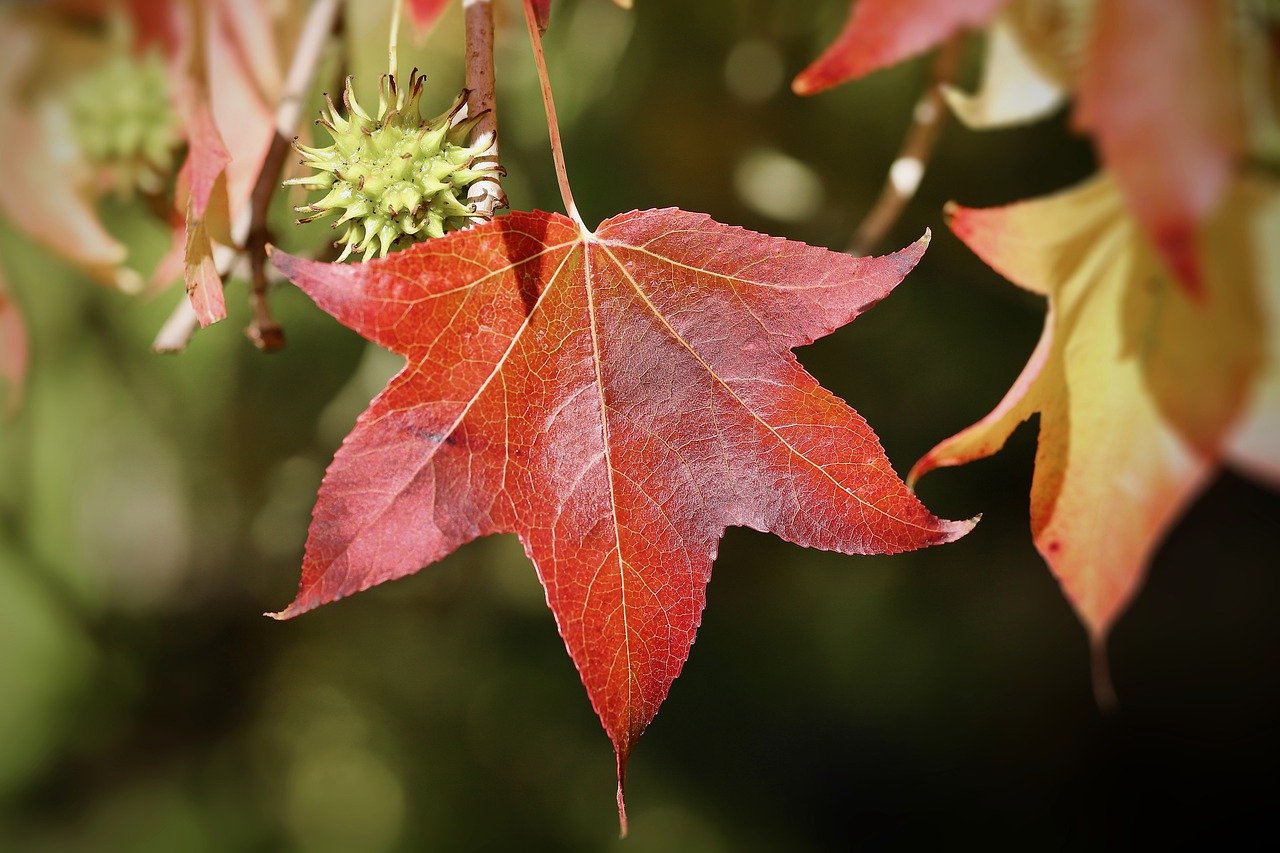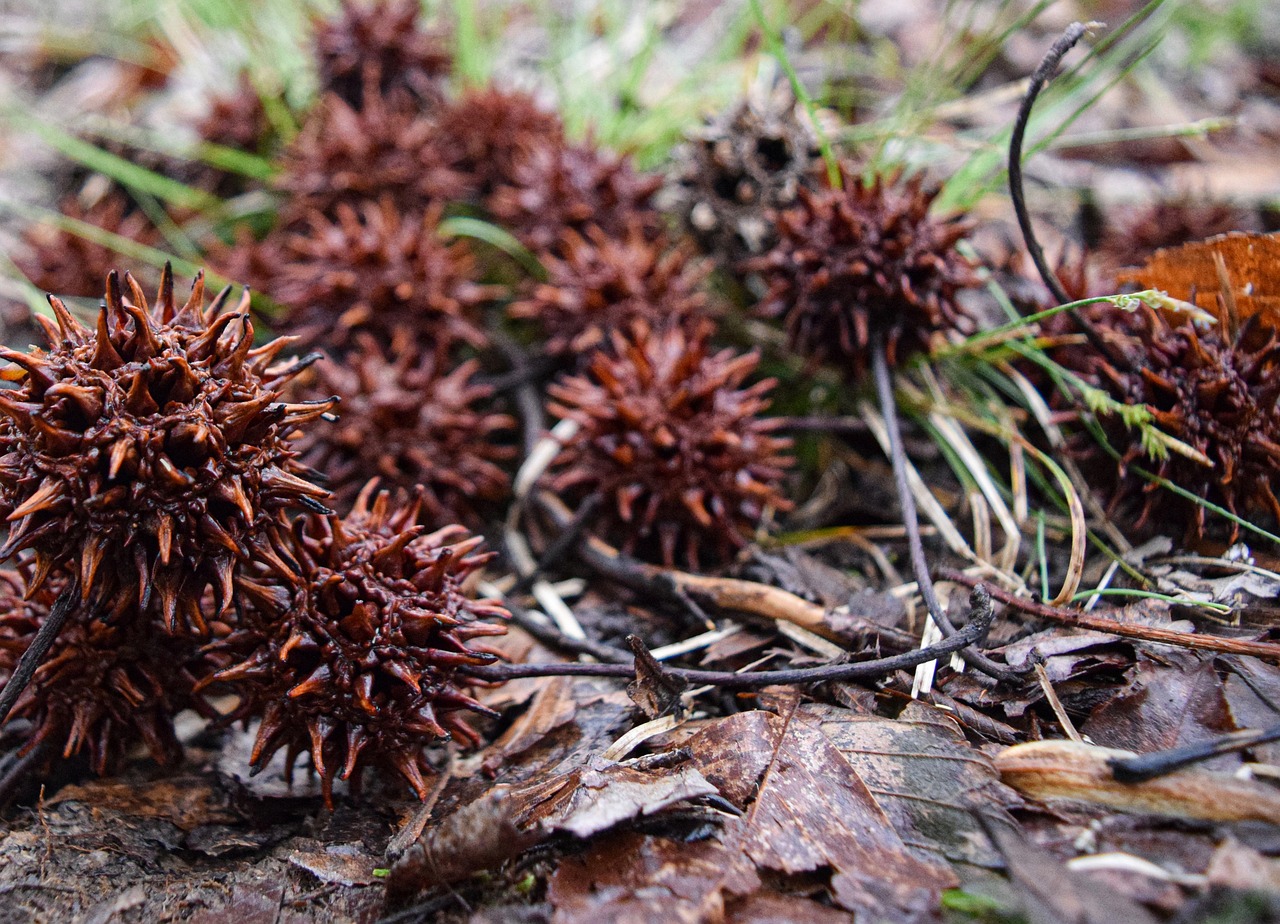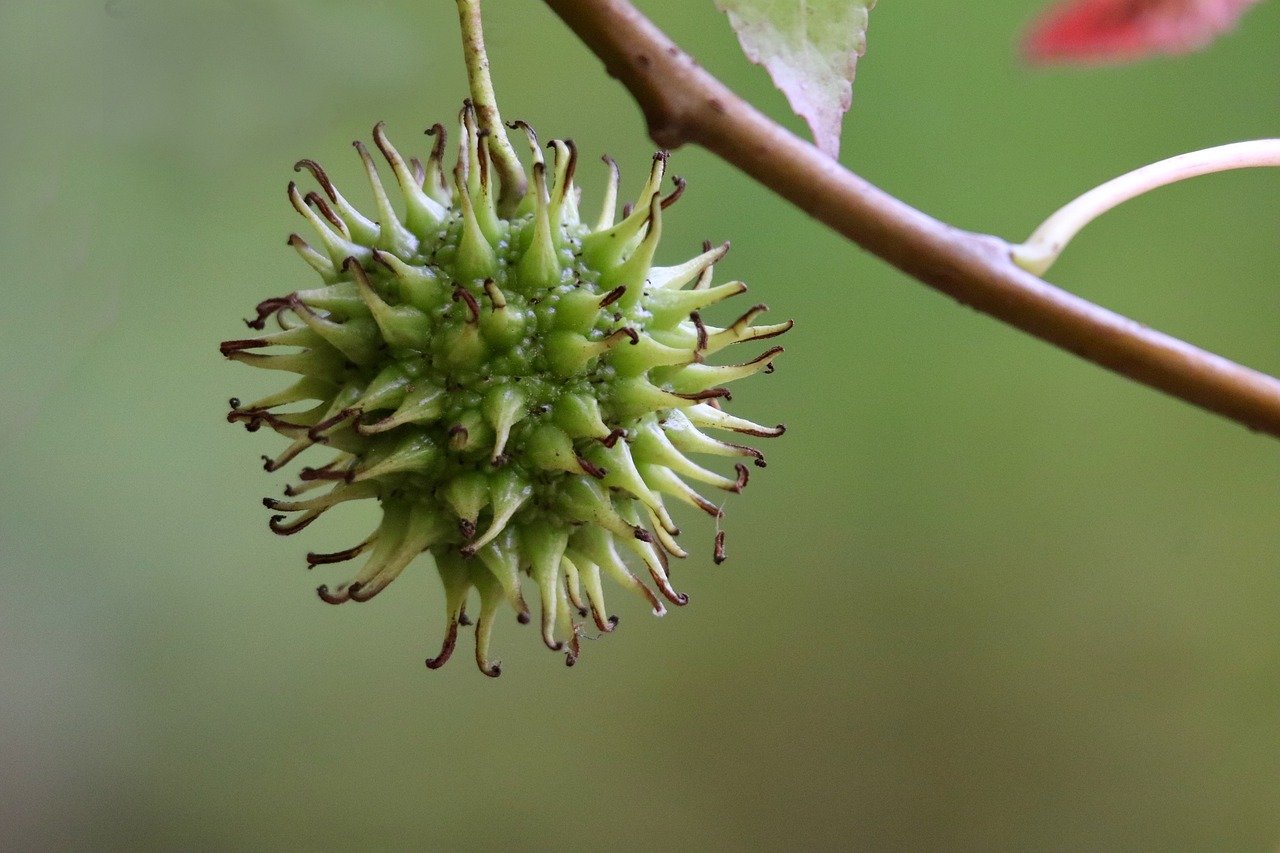Discover the Sweetgum Tree: A Guide to Its Charm and Care
The Sweetgum tree, known for its vibrant foliage and distinctive star-shaped leaves, is a beloved addition to many landscapes. This guide explores everything you need to know about the Sweetgum, from its natural habitat and characteristics to its symbolism and care requirements.
What is a Sweetgum Tree?
The Sweetgum tree, scientifically known as Liquidambar styraciflua, is a deciduous tree native to warm temperate areas of eastern North America and tropical montane regions of Central America. It’s renowned for its beautiful, glossy leaves that transform into a spectrum of red, orange, and yellow hues during the autumn season.
Natural Habitat of Sweetgum
Sweetgums thrive in rich, moist soils and are commonly found in lowlands and along streams. They are well-adapted to a wide range of soil types but prefer well-drained, loamy soils. Sweetgum trees are highly adaptable but tend to grow best in USDA Hardiness Zones 5 through 9.
Characteristics of Sweetgum
Sweetgum trees can reach impressive heights of up to 75-100 feet, with a trunk diameter of 2-3 feet. Their distinctively lobed leaves are reminiscent of stars, which is why they are often referred to as star-leaved trees. In addition to their stunning foliage, Sweetgums produce spiky, spherical seed pods that hang from their branches in winter.

Symbolism and Meaning
In the language of flowers, the Sweetgum symbolizes happiness and enthusiasm. Its vibrant fall colors and robust growth have made it a symbol of positive energy and vitality. The tree’s resilience in diverse environments also signifies perseverance and adaptability.
How to Grow and Care for Sweetgum Trees
Growing a Sweetgum tree can be a rewarding experience, given its spectacular display throughout the seasons. Here are some tips to ensure your Sweetgum thrives in your garden.
Planting Sweetgum
When planting a Sweetgum tree, choose a location with full sun exposure. Ensure the planting hole is twice as wide as the root ball but no deeper. This allows the roots to spread easily and encourages healthy growth. Water the tree thoroughly after planting to help establish its roots.
Soil and Watering Requirements
Sweetgums prefer moist, well-drained soil. While they are drought-tolerant once established, regular watering is essential during the first few years to support root development. It’s important to maintain a balance; avoid waterlogging the soil, which can lead to root rot.

Pruning and Maintenance
Pruning is generally not necessary for Sweetgum trees, but removing dead or diseased branches can promote better air circulation and light penetration. This helps maintain the tree’s health and aesthetic appearance. Mulching around the base can also help retain moisture and suppress weeds.
Pest and Disease Management
Sweetgum trees are relatively pest-resistant but can be affected by aphids, caterpillars, and webworms. Regular inspection and the application of appropriate treatments can minimize damage. Diseases such as canker and leaf spot may occur, but proper tree care usually prevents severe issues.
Additional Information on Sweetgum
Sweetgum trees are not only valued for their ornamental appeal but also have practical uses. The tree’s resin, known as storax, has been used historically for medicinal purposes and in the manufacture of adhesives and perfumes.
For more detailed information about tree care, you can visit our Tree Care Guide page. Additionally, the Arbor Day Foundation provides extensive resources on different tree species, including the Sweetgum.
Conclusion
The Sweetgum tree, with its stunning seasonal changes and symbolic meaning, is a cherished addition to any landscape. Whether you are planting a new tree or nurturing an existing one, understanding the needs and characteristics of the Sweetgum will help you appreciate this magnificent tree even more. With the right care, Sweetgum trees can flourish and bring joy to your garden for many years.
